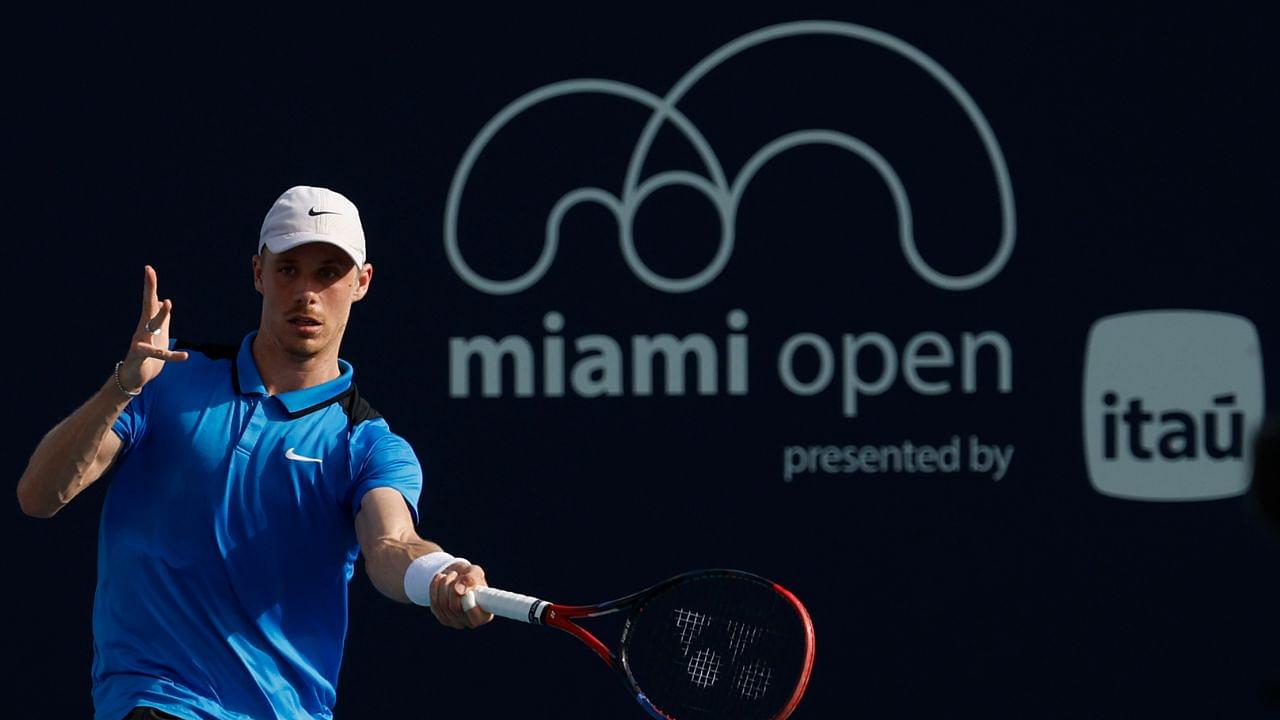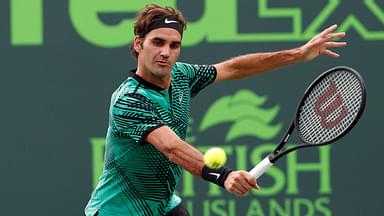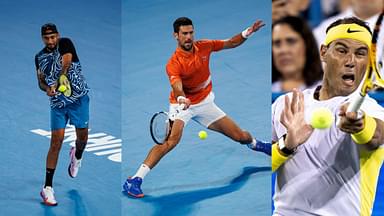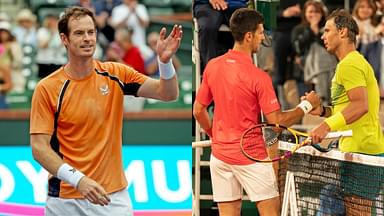The Indian Wells Open and the Miami Open comprise the Sunshine Double, arguably the most famous pair of 1000-level tournaments. Hence, the comparisons are inevitable. The Miami event, though, has lost much ground to its Californian counterpart. It all started with a legal tussle over the competition’s previous venue.
From 1987 to 2018, Crandon Park in Key Biscayne, Florida, was the venue for the Miami Open. However, the facilities and courts barely received any upgrades in those three decades, rendering them very slow for the modern game. This meant players often engaged in long, draining rallies in the sweltering Miami sun.
The tournament organisers recognised that the Miami Open needs to evolve to maintain its status as a premier tournament. Hence, in 2012, a redevelopment proposal worth $50 million was laid out and also received the county’s approval (Bleacher Report). However, the Matheson family, who had donated the land on which Crandon Park stood, objected to these plans.
A contract signed in 1992, when the family gave away the estate, stipulated that only one permanent stadium would be built (ESPN). The renovation plans, though, would have meant multiple new stadiums. Bruce Matheson filed a lawsuit and in 2015, the court ruled in the family’s favor.
Rather than continue the legal battle, the Miami Open showrunners opted to look for a new venue. Thus, the tournament shifted to the Hard Rock Stadium from 2019 onwards.
Stephen Ross had famously put in $755 million to uplift the arena after buying it in 2008. Hence, the Miami Open was expected to regain its lost prestige. However, some issues persisted.
Director James Blake revealed players were unhappy with the shift, failing to comprehend how an NFL stadium would host tennis matches. The tennis campus at Hard Rock has more stadiums and amenities. Fans, though, were not happy with it being built where the venue’s parking lot used to be.
Additionally, the courts are now some of the fastest on the tour. Playing on such fast surfaces days after the extremely slow courts at Indian Wells has caused many players arm, shoulder, or wrist issues.
Indian Wells Open leaves the Miami Open in the dust with rapid progress
South American bank Itau, who took over as principal sponsors in 2014, rebranded the logo with hopes of taking the Miami Open back to its glory days. However, the tournament is yet to get even close to its prime like it was under the sponsorship of Lipton or Sony Ericsson. During the late 1990s and early 2000s, the Florida-based 1000 was called the ‘fifth slam’, a tag now reserved for the Indian Wells Open.
As the Miami Open struggles, the Indian Wells Open has improved leaps and bounds. Tech mogul Larry Ellison took over the venue and the tournament in 2009 and turned it into a tennis paradise. He added a second stadium with a famed Nobu restaurant overlooking the court.
Overall, the Indian Wells Tennis Gardens now boast upgraded press and player rooms, parking, food and beverage amenities, and other facilities. Former ATP professional Tommy Haas has also done a commendable job in running the event as a director.
Indian Wells Open’s glow-up also saw the surroundings evolve to be more tourist and player-friendly. Multiple hotels, restaurants, golf greens, and other entertainment options are within minutes of the venue. Players like Novak Djokovic have been vocal about their appreciation for Indian Wells.






